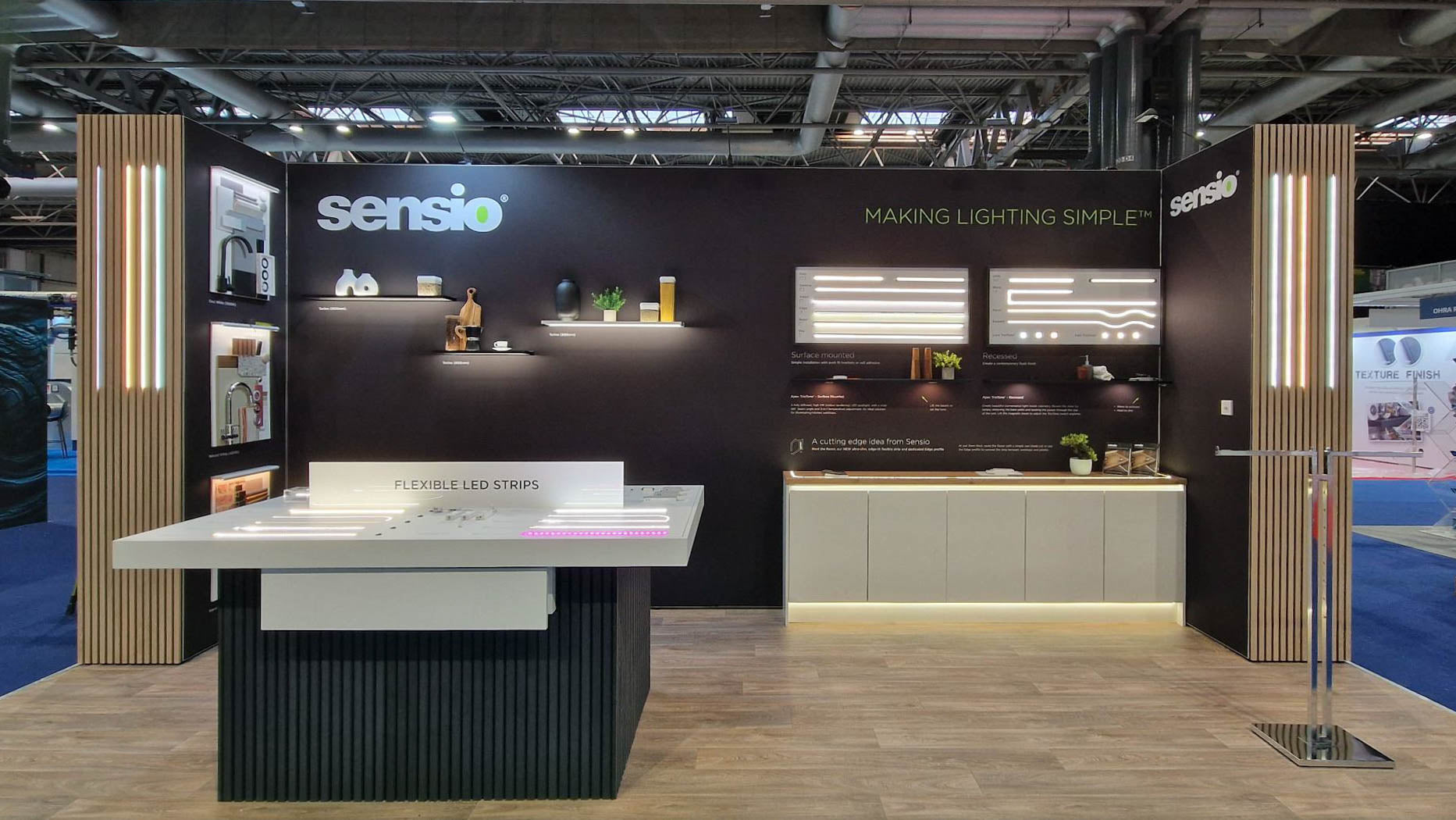Selecting the ideal mirror size for a bathroom basin is a critical element in creating a cohesive and functional bathroom design. As an designer, you understand the importance of every detail, and the right mirror can significantly enhance both the aesthetic appeal and practical use of the space. Here’s a guide to help you choose the perfect mirror size for your clients’ bathrooms.
Why Mirror Size Matters
The mirror above the basin is often a focal point, contributing to both the visual appeal and functionality of the bathroom. The correct size ensures that the mirror complements the basin and vanity, provides ample reflection space, and enhances the room’s sense of light and space.
Proportional Balance
One of the key principles in selecting a mirror size is proportional balance. A mirror that is too large can overwhelm the space, while one that is too small may look out of place and be less functional. Here’s how to approach different basin sizes:
Small Basins

For smaller basins, commonly found in downstairs toilets or en-suites, which can range from 40 cm to 50 cm in width, a mirror that matches or is slightly narrower than the basin works best. This typically means selecting a mirror between 35 cm and 45 cm wide. These mirrors maintain proportional balance and ensure the space doesn’t feel cramped.
Standard Basins
Standard bathroom basins usually measure around 60 cm in width. For these, a mirror that is approximately the same width or slightly narrower, around 55 cm to 60 cm, is ideal. This size ensures that the mirror provides ample viewing area without overpowering the vanity or the room itself. This proportional balance works well in most family bathrooms and offers a classic, well-integrated look.
Larger Basins
For larger, focal point basins that are around 80 cm in width, you can opt for a mirror that matches this width or is slightly narrower, approximately 75 cm to 80 cm. Larger mirrors work well in more spacious bathrooms, adding to the grandeur and offering an expansive reflection that enhances the sense of space. This can be particularly effective in master bathrooms or luxury en-suites, where creating a dramatic effect is desired.
Height Considerations
The height of the mirror depends on the height of the users and the ceiling. A common choice is for the mirror to extend 30-35 cm above and below the eye line of the average user. For a family bathroom, consider a taller mirror to accommodate different heights. This often translates to a height of 70 cm to 100 cm for most standard mirrors. Taller mirrors can also create an illusion of higher ceilings and add to the overall spaciousness of the room.
Single vs. Double Vanity Mirrors

For a single basin, one large mirror is usually the best choice. However, for a double basin setup, you have the option of using one large mirror that spans both basins or two individual mirrors, one above each basin. Both options can look stunning, but your choice will depend on your client’s personal style and the overall design of the bathroom. Two individual mirrors can add symmetry and structure, while one large mirror can create a more continuous and unified appearance.
Conclusion
If you are looking to elevate your bathroom design projects, explore our exquisite range of LED bathroom mirrors, designed in the UK. Visit our website for more product details or check out our blog on how to create a bathroom lighting plan. Don’t forget you can always contact us for personalised recommendations and expert advice.




